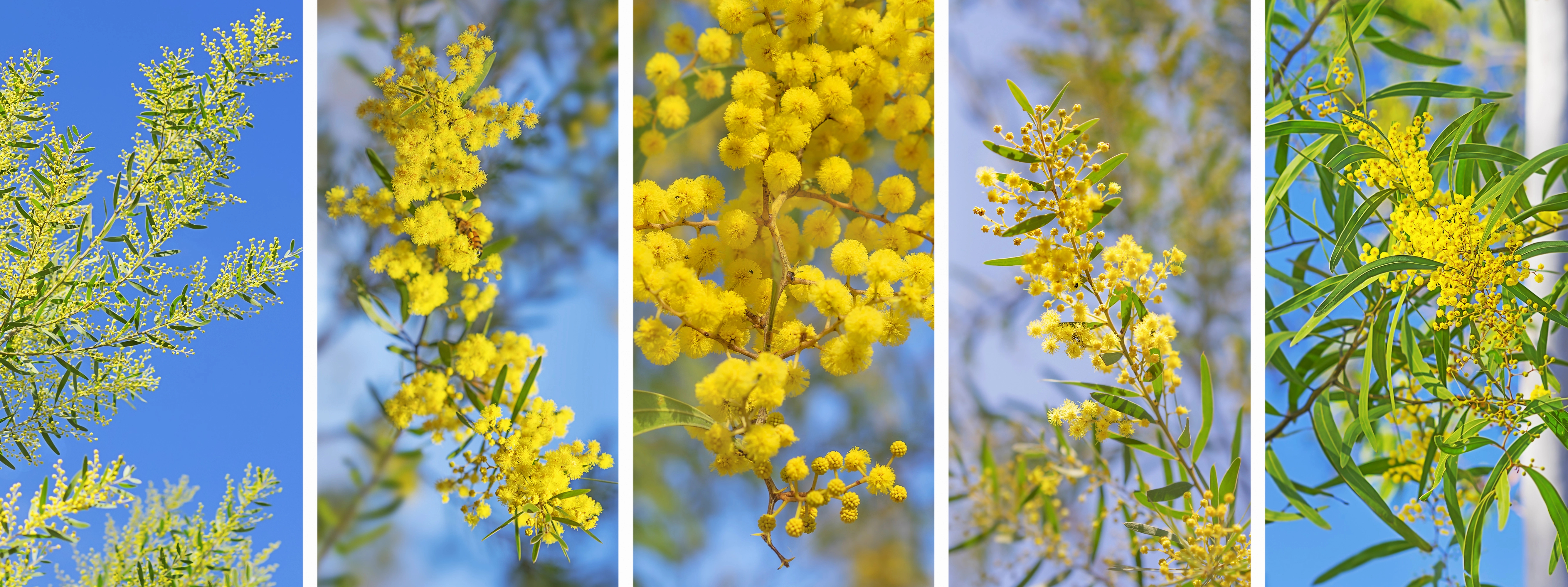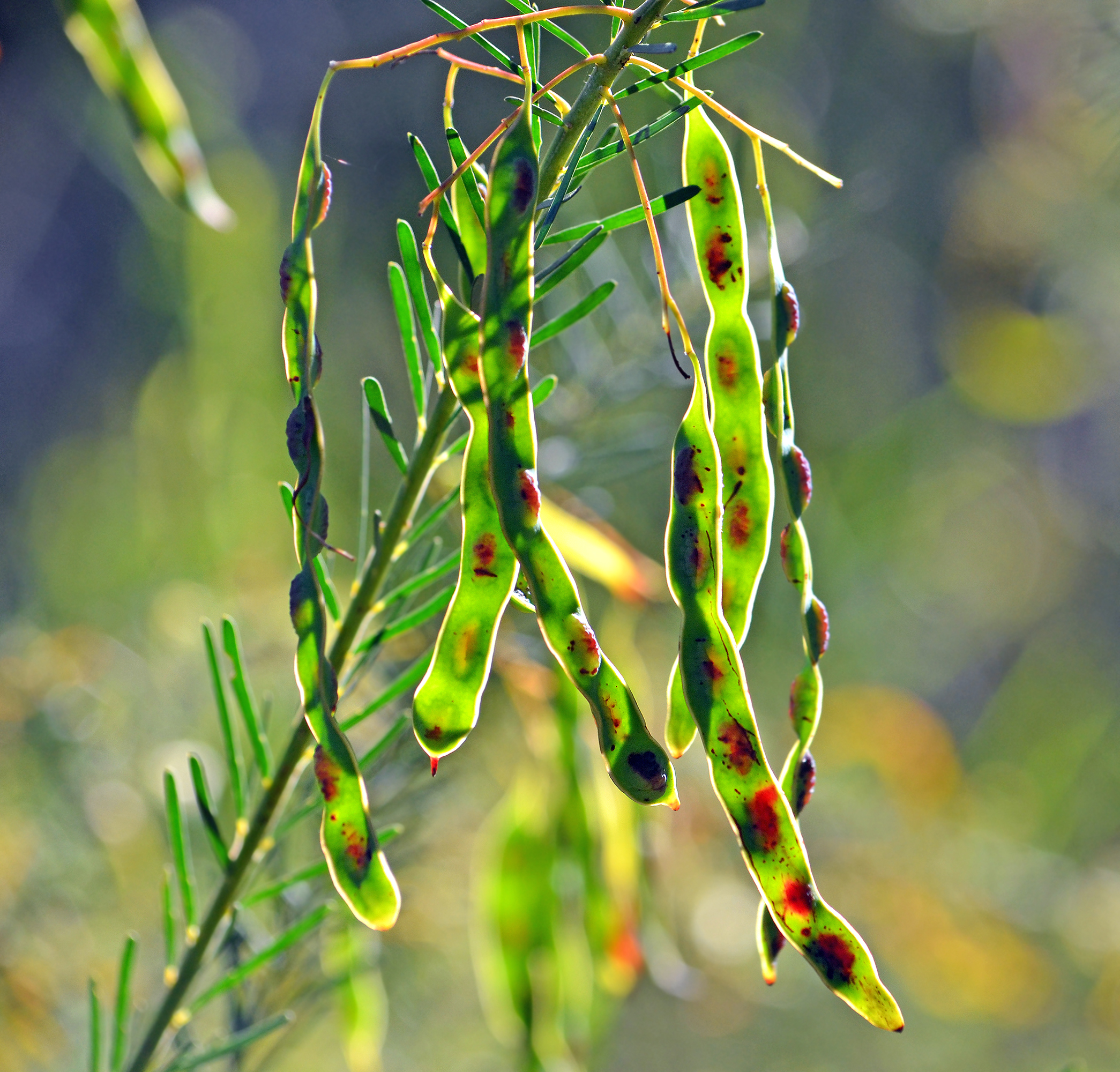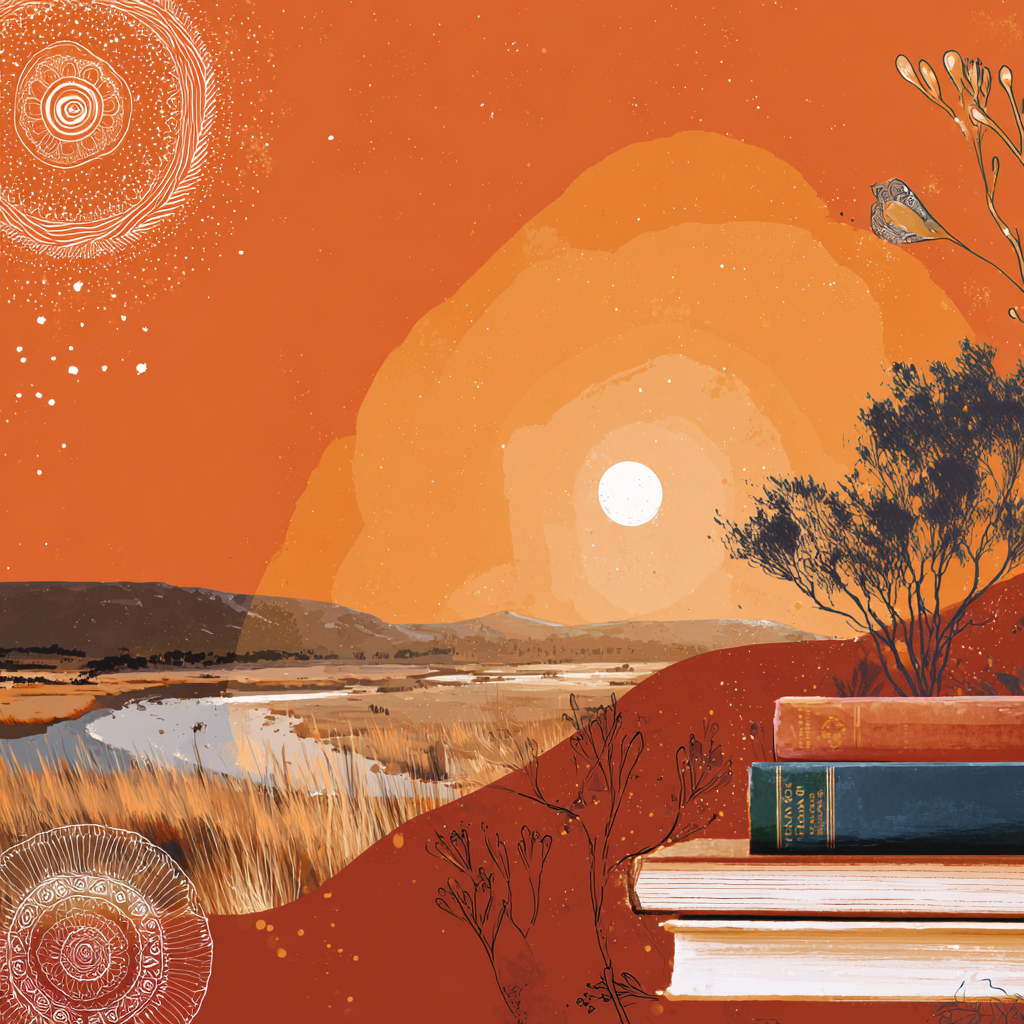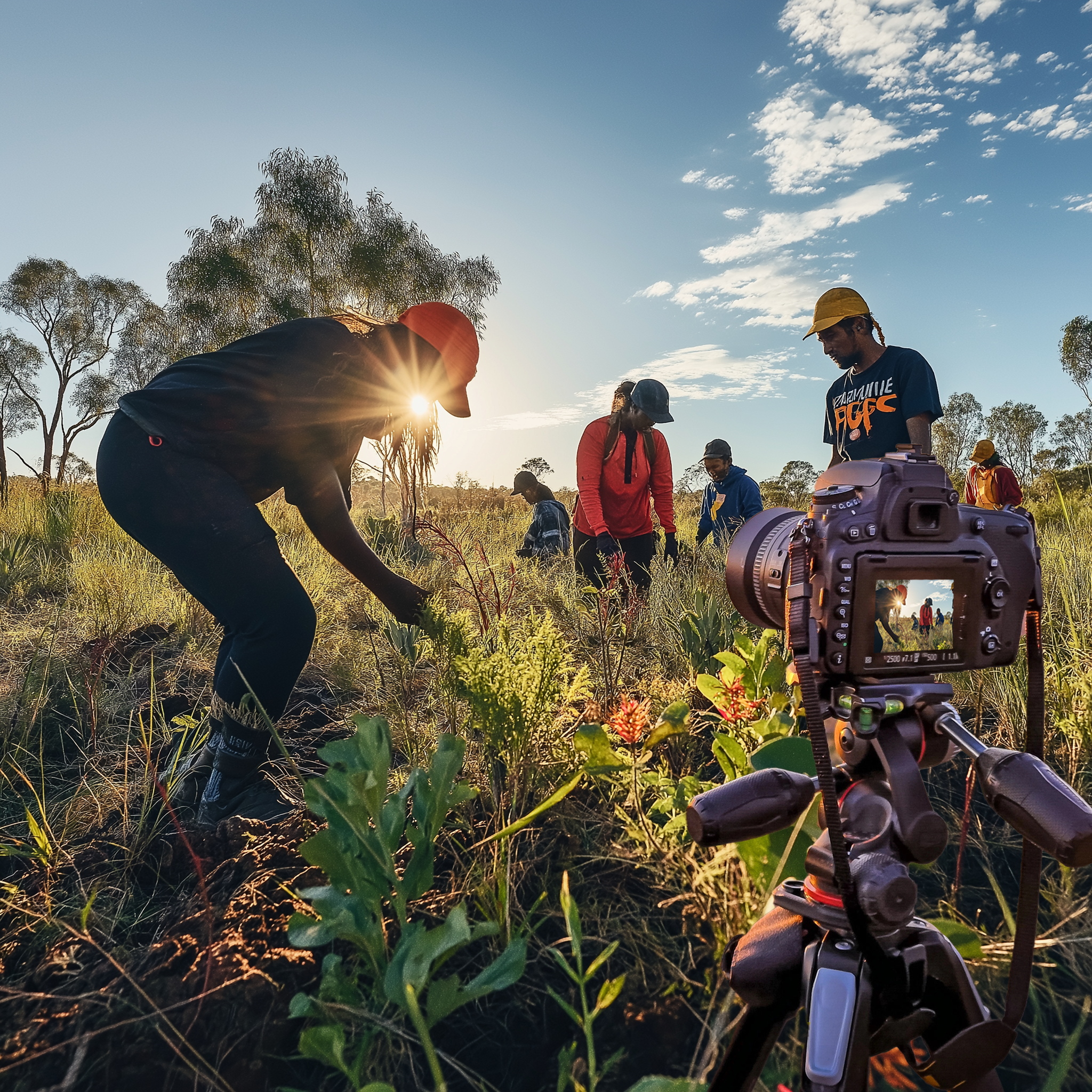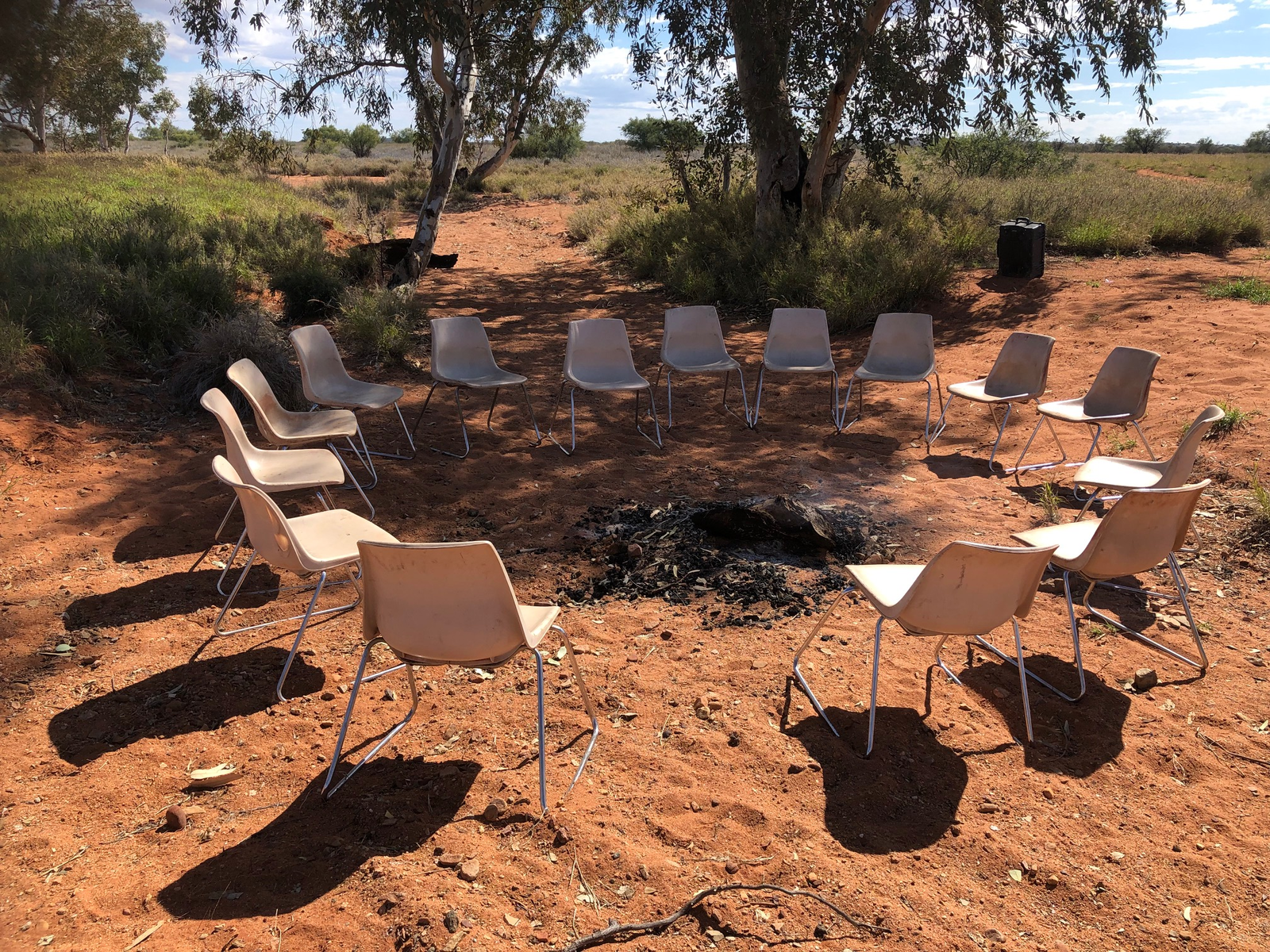Today we venture out on an important journey - one that will create a link between the past and the future, expressed as a restoration project designed to create sustainable economic value while preserving biodiversity on Traditional Indigenous homelands.
We are traveling to seed collection sites, located approximately 80 Km outside of this community, on a mission to preserve cultural heritage, traditional knowledge, and traditional cultural expressions. We have done nearly 250 of these trips over the years.
Time is of the essence as we harvest these seeds; each collected specimen holds immense potential to restore degraded ecosystems, and ultimately, sustain biodiversity. With great care, we take only what we need, leaving behind enough for food and natural propagation. Every step we take is essential in protecting and preserving this precious genetic material.
Our work today honours the reverence Indigenous Peoples have for this planet. As stewards of some of the worlds most biologically diverse areas, the experience and knowledge of First Nations people continues to be invaluable resources in developing solutions to the ever-present challenge of climate change. Our commitment lies in supporting and upholding Indigenous rights to maintain control over their cultural heritage and intellectual property.
Today marks an important beginning, but it is simply one step in a much larger effort. Together, let us seize this unique opportunity to celebrate and protect these ancestral legacies, for the benefit of generations to come.
Why Wattles?
Wattles have always been a significant part of the Australian landscape. These iconic trees bring us beauty, joy, and environmental services like carbon sequestration and habitat provision for native wildlife. Yet, behind their beauty lies another story - one of potential, promise, and progress. It's a story of how, through years of research and development, the Acacia soligna has become more than just stunning specimen of nature.
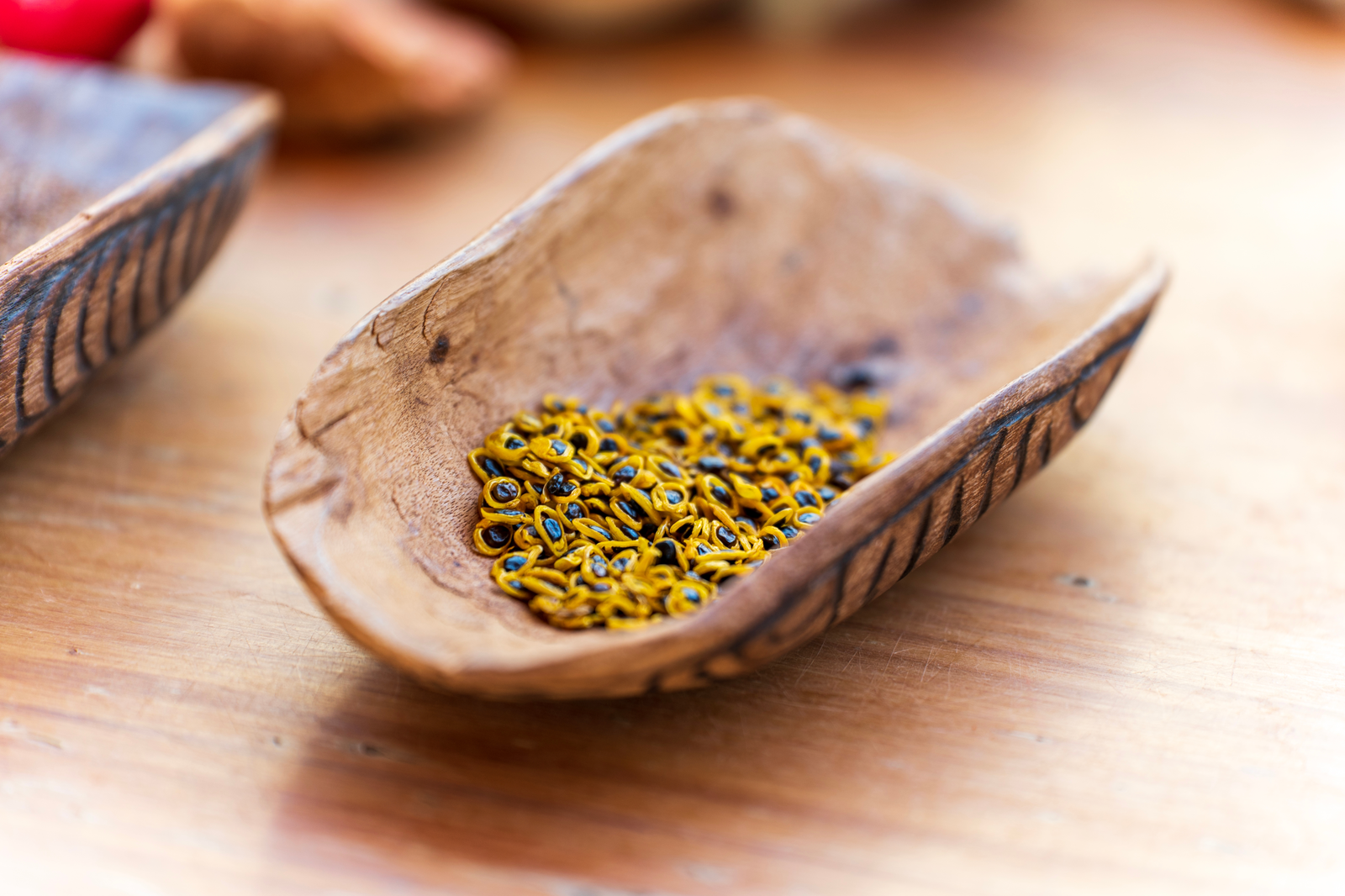
Thanks to the efforts of dedicated conservationists, this unique species has become a valuable resource - providing biomass for fuel production, seed for livestock food production, and timber and particle board for construction. Moreover, it has even become an important tool in restoring degraded lands. But its prospects don't end there.
In recent years, clonal work with stem cuttings and domestication programs have given rise to new innovations in wattle seed production. Field trials and research are allowing us to match different wattle species to specific climates and soil types, giving rise to stable populations that can fulfil desired end products. Already, these advances have led to vast improvements in our ability to grow and cultivate wattles, unlocking a rich source of potential benefit for both nature and human life.
The journey of wattle seed production and conservation is an inspiring one. So let us take a moment to appreciate the beauty and significance of wattles in our land, and join hands in continuing to support this important work. For it is only by doing so that we can unlock the true potential of Australia's national floral emblem and create a more vibrant future for generations to come.
